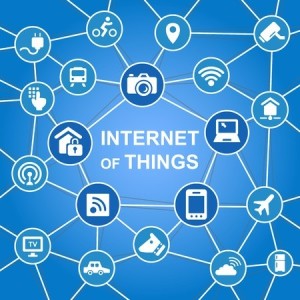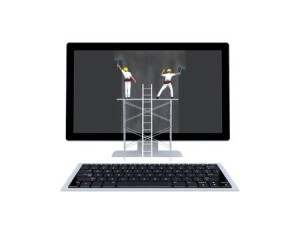
With the development of the Industrial Internet of Things, proactively monitoring your network infrastructure will be easier and more efficient than ever.
A crucial barrier for every future-focused enterprise to overcome any lack of interoperability among existing systems. Many of today’s industries still use technologies that function primarily in silos, where systems work beside each other, and not together as an integrated whole. For small businesses, this circumstance arises when digital services and software products are purchased individually for specific purposes. Standing alone, each product provides singular operations for its designated purpose. However, without integration into a system that supports the entire enterprise, the individual gains from each product are minimized. Further, the potential for future disaster is increased, since the failure of one product could trigger the failure of other products, rendering the enterprise inoperable or perhaps even terminated. And the situation is about to get worse.
According to the World Economic Forum, the next ten years will see dramatic changes in manufacturing, energy, agriculture, transportation and other industrial sectors. These changes will mirror those experienced in the last 15 years, as the Internet redefined media, retail, and financial services. Now dubbed the “Industrial Internet of Things” (IIoT), the coming revolution adds complexity to the digital world through the collection and sharing of data by devices, completely independent from human interaction. Establishing the infrastructure to manage that future data (and the systems used to collect, store and retrieve it) will be critical to future enterprise success.
In its 2015 report, “ The Industrial Internet of Things: Unleashing the Potential of Connected Products and Services”, the Forum details a digital framework to guide business and government leaders to long-term success through Internet and IIoT technology. It lists key business opportunities in four major areas:
1. Improved operational infrastructure efficiency through constant preventative maintenance (ie – proactive monitoring to prevent systems crashes and malware attacks) and remote management;
2. The emergence of an “outcome based” economy – software and hardware driven services that improve processes to produce defined outcomes;
3. Software platforms that come together and blur traditional industry boundaries, and
4. Increased collaboration between human and machine, vastly increasing productivity.
The Forum suggests that the incoming software/hardware partnership will capture, aggregate and exchange data over multiple platforms to create new products and services at an unprecedented scale. The new products and outcome-based services will create new kinds of value that will better respond to consumers’ expectations. With the use of soft and hardware maintenance systems, producers and manufacturers will be able to tailor production facilities to harness network-collected data and inform business strategy to maximize profits and prevent costly losses and breaches.
The challenge for today’s industrialist is to modify existing products and services in preparation for the oncoming data explosion. The ability to capture, record and analyze overall equipment effectiveness is critical to both inform corporate decision making and to prevent expensive equipment and production failures and shut-downs. Proactive monitoring of network infrastructure will ensure that redundant backup data capacity, sufficient malware protections, and high-security thresholds will prevent loss or failure. Maintenance and oversight software can perform evaluative or diagnostic services, including raising equipment failure flags, tracking inventory to prevent over- or under purchasing, and analyzing aggregate sales data to track the profitability of products and services.
As important, the opportunity to forecast the lifespan of equipment and systems will prevent unexpected shut-downs, and allow management to install replacement technology before any losses or delays are realized.
The processes used to monitor and record industrial productivity have changed. The emergence of preventative maintenance software has introduced technical oversight and maintenance processes that far exceed the capacity of any human-performed exam. And the ever-competitive global community is recognizing the value of preventative maintenance to reduce time and resource waste when production systems fail.
If your business is planning to participate in the IIoT future, it will benefit from 24/7/365 proactive monitoring of its technological infrastructure. Contact us today to find products and services that will bring all your current technological assets into a cohesive whole, and will protect and preserve your present and future corporate infrastructure growth.


